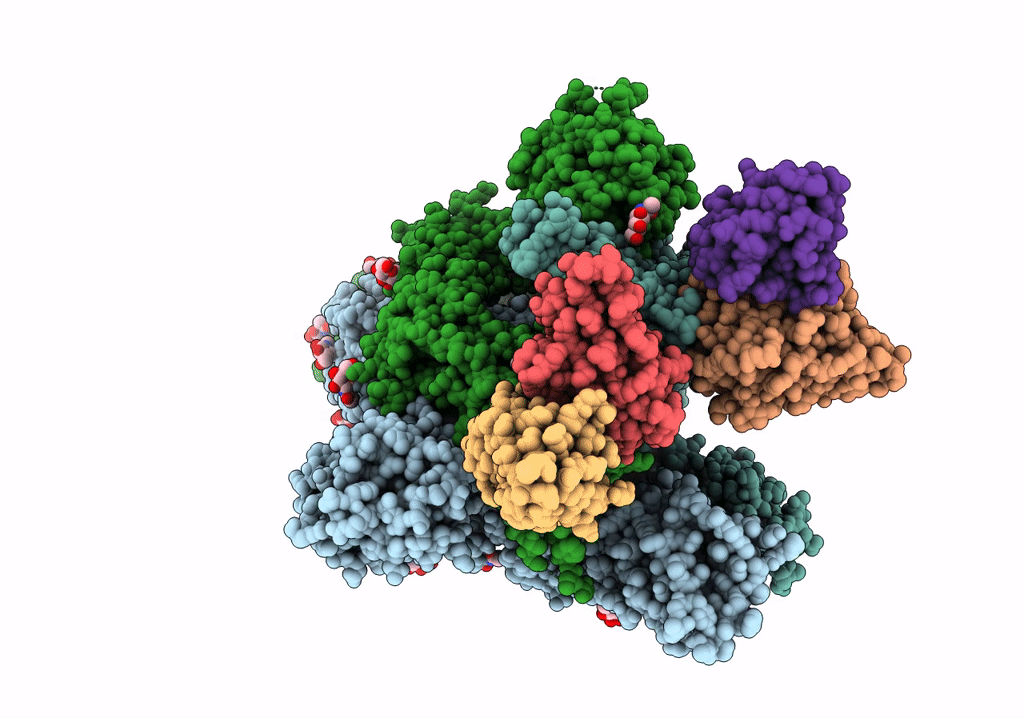
Deposition Date
2021-06-26
Release Date
2021-08-04
Last Version Date
2024-11-13
Entry Detail
PDB ID:
7R8M
Keywords:
Title:
Structure of the SARS-CoV-2 S 6P trimer in complex with neutralizing antibody C032
Biological Source:
Source Organism:
Severe acute respiratory syndrome coronavirus 2 (Taxon ID: 2697049)
Homo sapiens (Taxon ID: 9606)
Homo sapiens (Taxon ID: 9606)
Host Organism:
Method Details:
Experimental Method:
Resolution:
3.40 Å
Aggregation State:
PARTICLE
Reconstruction Method:
SINGLE PARTICLE


